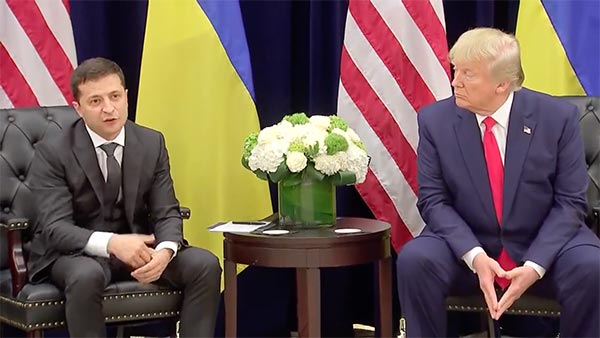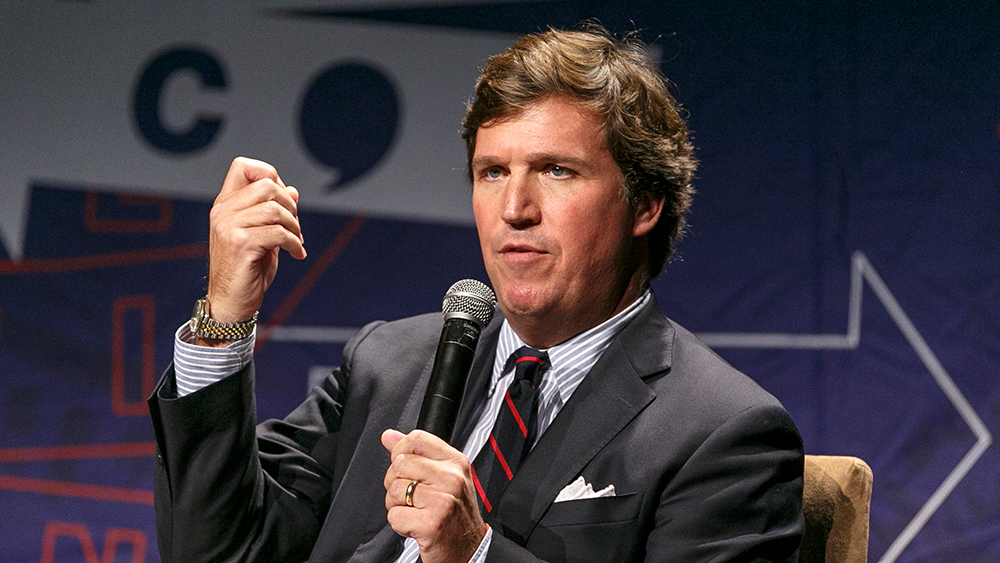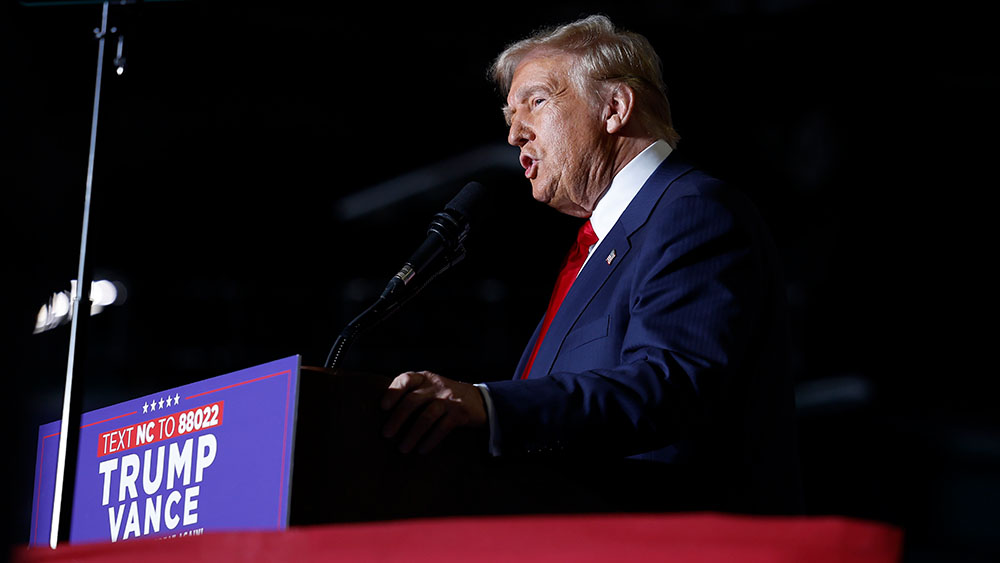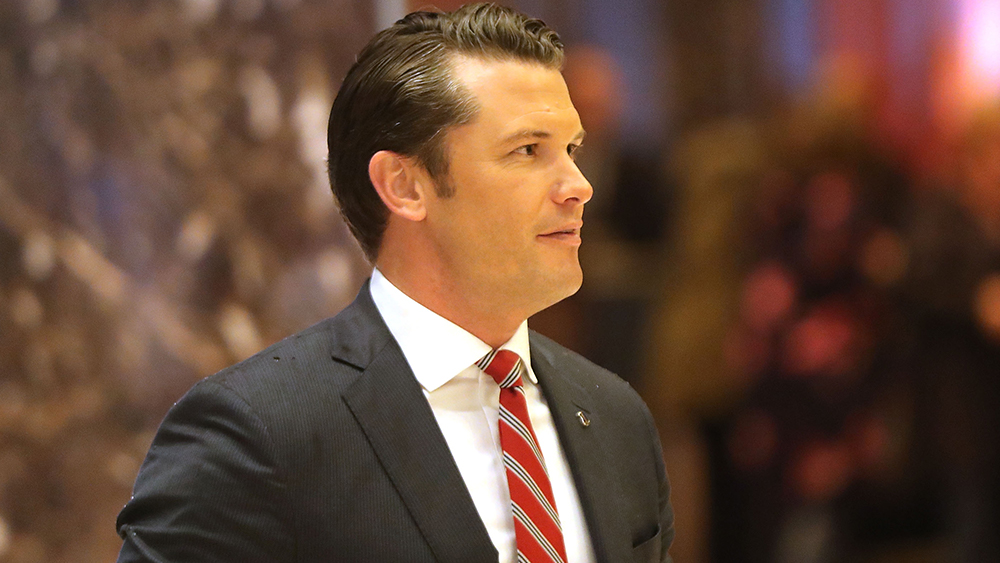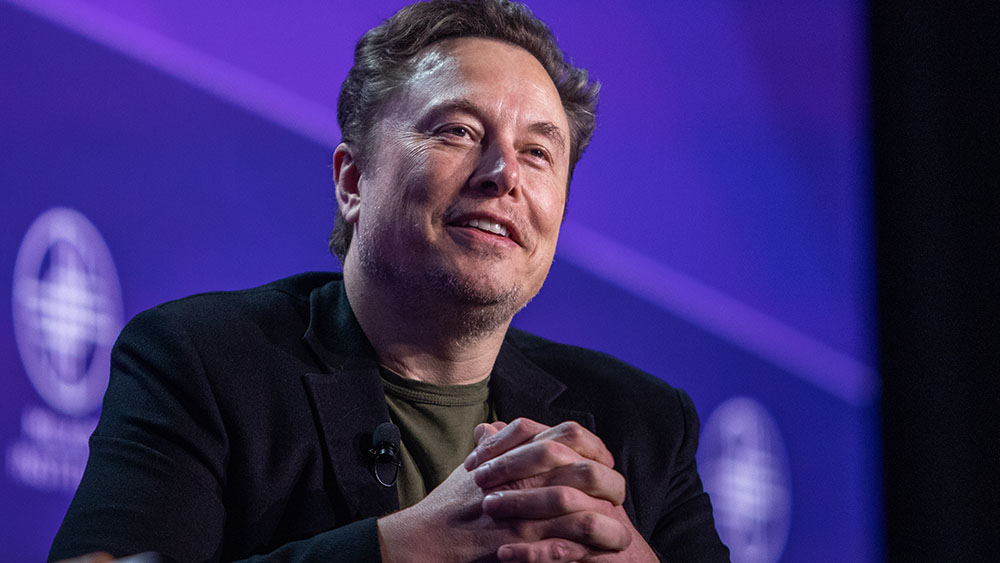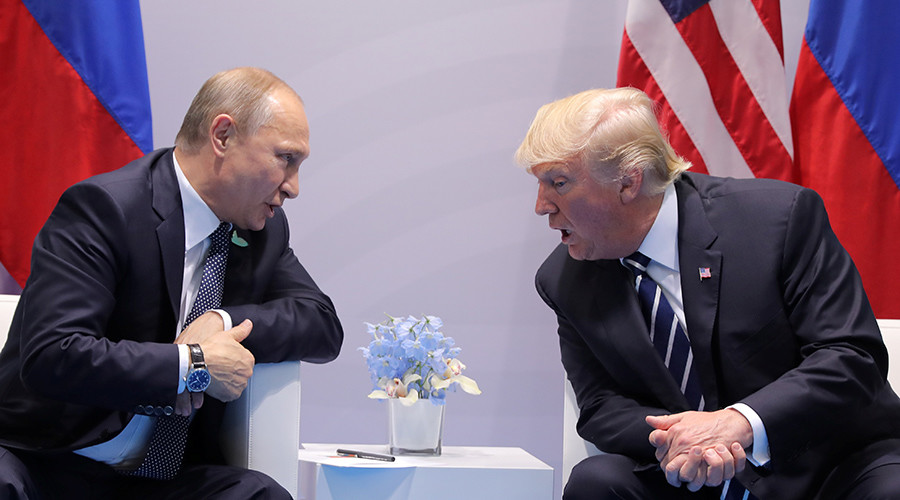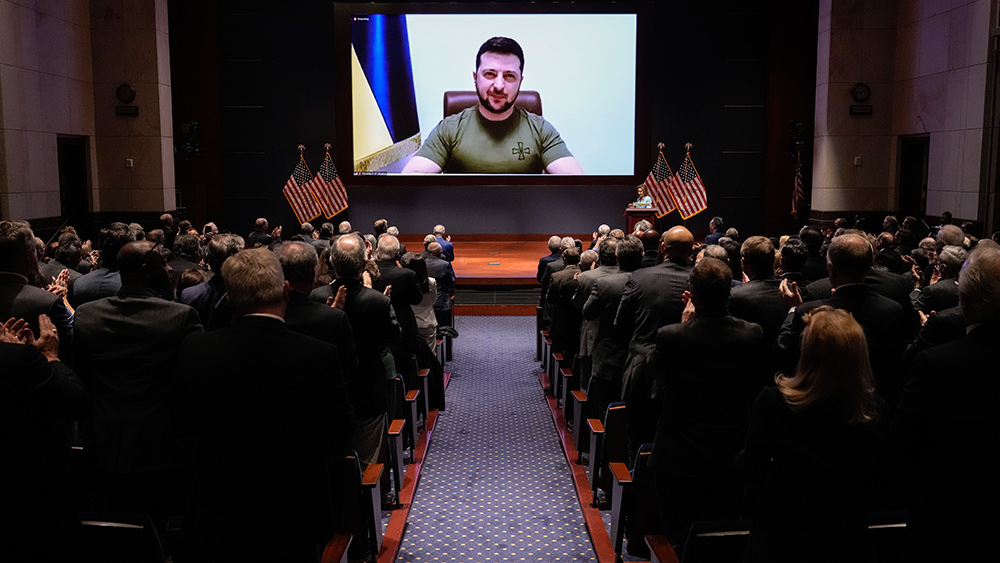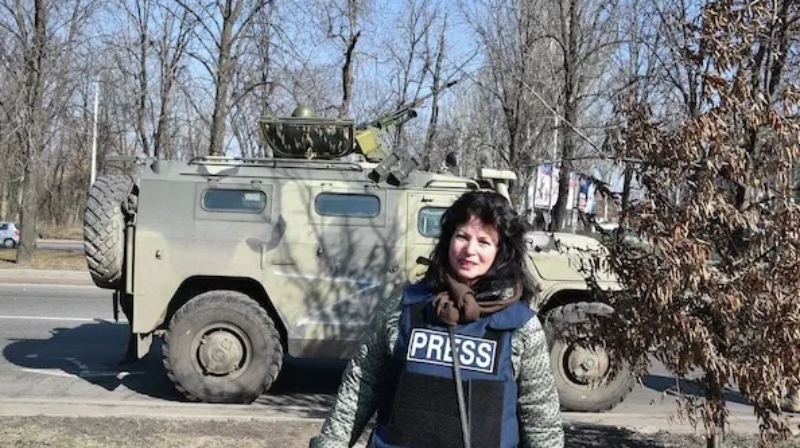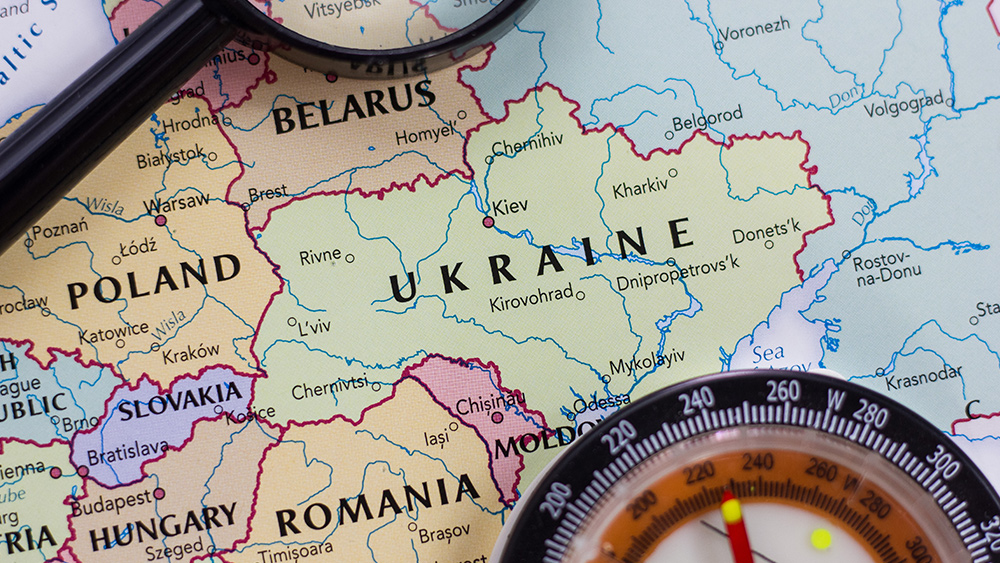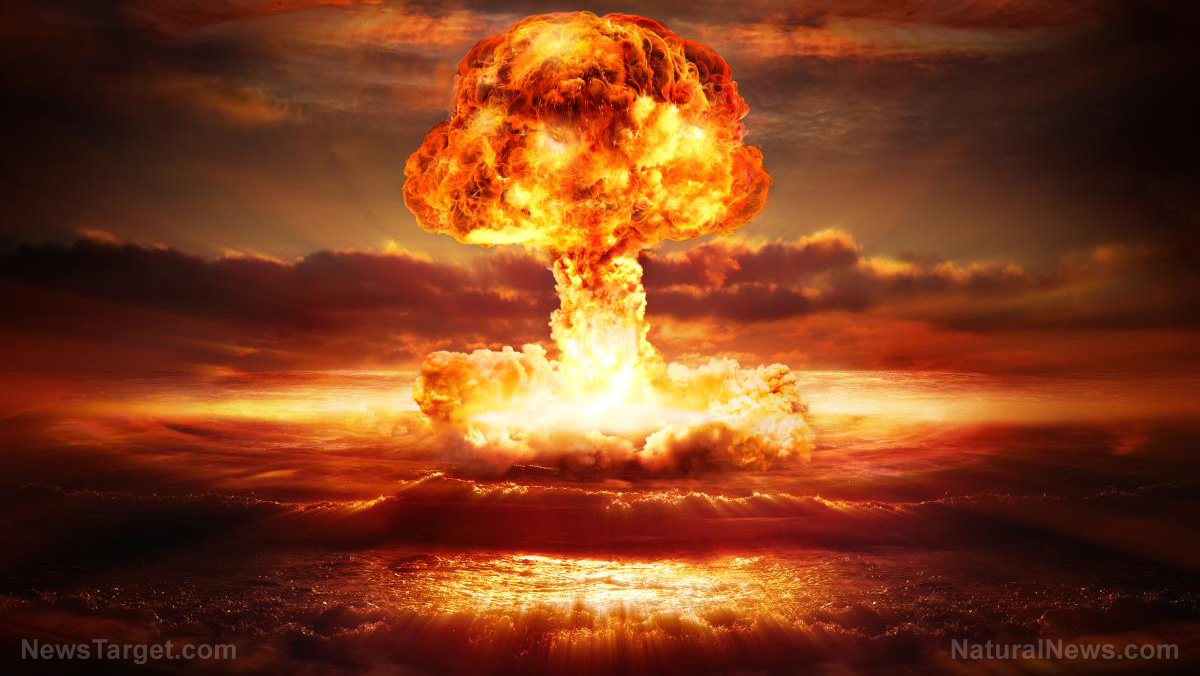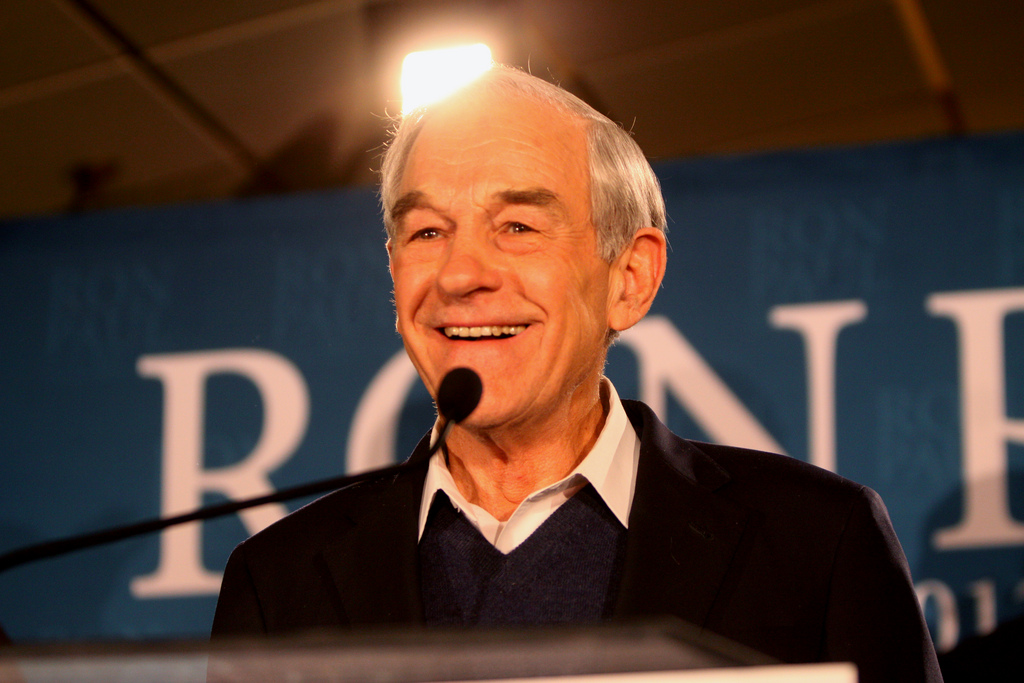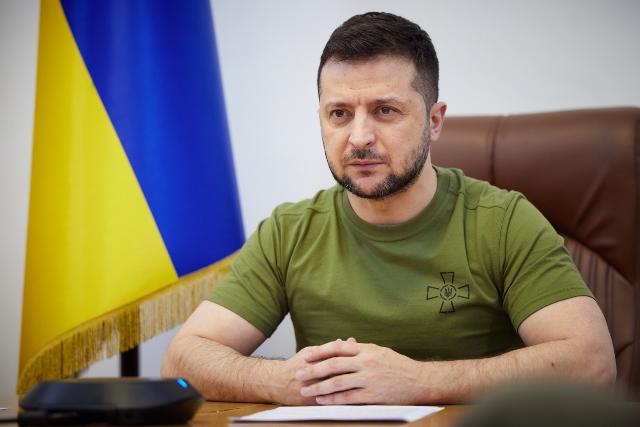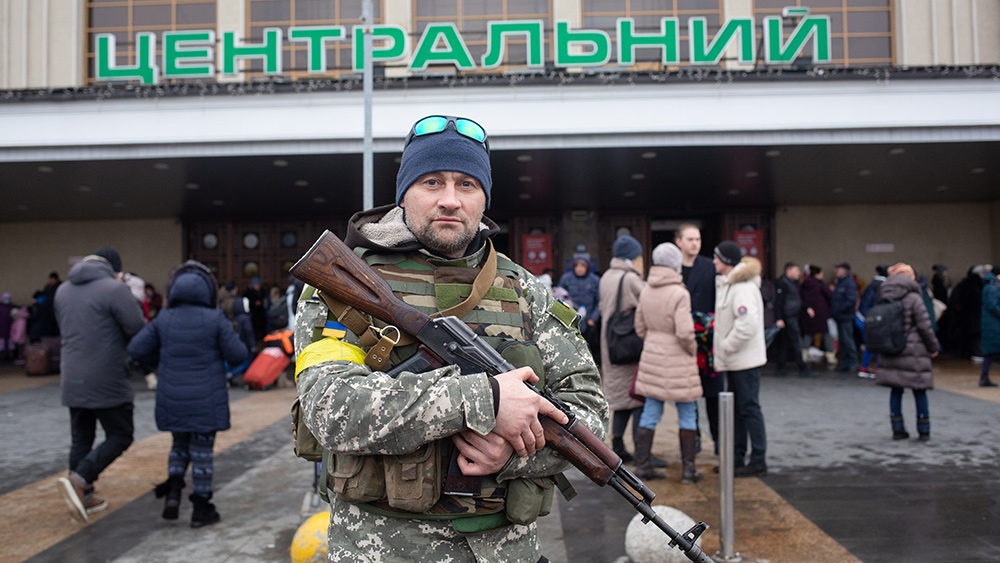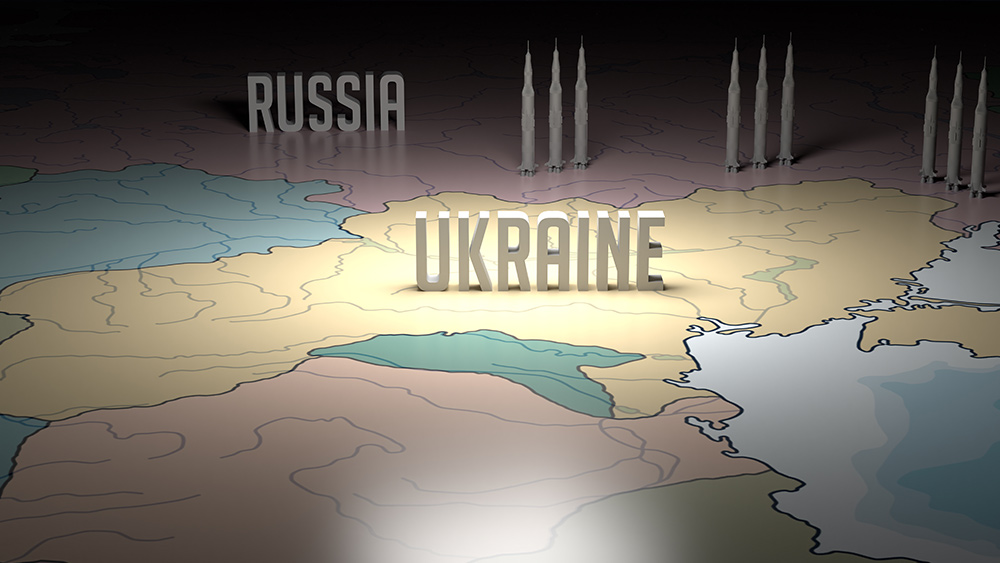Trump’s alleged ceasefire plan aims to end Ukraine conflict by Easter
02/08/2025 / By Cassie B.

- Leaked Trump peace plan proposes ceasefire by Easter, including NATO ban for Ukraine and territorial concessions.
- Plan calls for Ukrainian withdrawal from Kursk and a demilitarized zone policed by European forces.
- EU to lead post-war reconstruction efforts, with a potential EU membership by 2030 for Ukraine.
- Timeline includes direct talks between Zelensky and Putin, leading to an official ceasefire on April 20.
- Zelensky dismisses the plan, raising doubts about its implementation and U.S. policy shift.
As the war in Ukraine enters its third year, a leaked peace plan attributed to the Trump administration is stirring both hope and skepticism in diplomatic circles.
The plan, which aims to force a ceasefire by Easter (April 20), includes a series of concessions from Ukraine and a roadmap for ending the conflict. However, Ukrainian President Volodymyr Zelensky has already dismissed the plan, and the White House has not officially commented, leaving many questions unanswered.
The proposal, first reported by the Ukrainian outlet Strana and later detailed in the Daily Mail, outlines a series of steps that would significantly alter the current dynamics of the war. If implemented, the plan would mark a major shift in U.S. policy, potentially ending the flow of American weapons and financial aid to Ukraine.
Here’s a breakdown of the key points:
Ceasefire by Easter
The plan calls for a ceasefire to be declared by April 20, which would effectively freeze Russia’s territorial gains. This includes:
- NATO Membership Ban: Ukraine would be prohibited from joining NATO, a long-standing Russian demand.
- Territorial Concessions: Kyiv would be required to recognize Russian sovereignty over the annexed lands in the Donbas region and Crimea.
- Withdrawal of Troops: Ukrainian forces would need to withdraw from the Kursk region, where they launched a counteroffensive in August.
Demilitarized zone and European involvement
To ensure the ceasefire holds, a demilitarized zone would be established, policed by European troops, possibly including British forces. American troops would not be involved in this contingent. This move is designed to reduce the risk of direct U.S.-Russia military confrontation.
Reconstruction and EU assistance
The European Union would play a crucial role in Ukraine’s post-war reconstruction, with an estimated cost of $486 billion over the next decade. This massive investment would help rebuild infrastructure and support economic recovery. The plan also includes a pathway for Ukraine to join the EU by 2030, offering a long-term political and economic future outside of NATO.
Timeline and diplomatic steps
The plan outlines a clear timeline for negotiations and implementation:
- Early February: A phone call between Zelensky and Russian President Vladimir Putin.
- Late February to Early March: A face-to-face meeting between the two leaders.
- April 20: Official declaration of a ceasefire.
- May 9: Release of the agreed parameters for ending the war, followed by a prohibition on martial law and troop mobilization in Ukraine.
If the plan is implemented, it could bring a much-needed end to the conflict, saving countless lives and resources. For the U.S., it would mean an end to the financial and military support for Ukraine, which has been a significant drain on American resources. However, the plan faces significant hurdles, particularly from Zelensky, who has vehemently denied its legitimacy and insisted on Ukraine’s representation in any peace talks.
Despite the skepticism, the plan’s details have already had an impact on global markets, with oil prices falling in response to the potential for reduced tensions. If the plan moves forward, it could mark a significant shift in the international landscape, potentially leading to a more stable and secure Europe.
While the Trump administration’s alleged peace plan offers a glimmer of hope for ending the war in Ukraine, the road to implementation is fraught with challenges. The plan’s success will depend on the willingness of all parties to compromise and the international community’s support. For the U.S., a successful ceasefire could mean an end to the costly and prolonged military involvement in Ukraine, allowing resources to be redirected to other pressing domestic and international issues. The coming weeks will be crucial in determining whether this plan can bring the long-sought peace to Ukraine and the broader region.
Sources for this article include:
Submit a correction >>
Tagged Under:
big government, ceasefire, chaos, conspiracy, national security, progress, Russia, Russia-Ukraine war, Ukraine, Vladimir Putin, Volodymyr Zelensky, White House, World War III
This article may contain statements that reflect the opinion of the author
RECENT NEWS & ARTICLES
COPYRIGHT © 2022 UkraineWitness.com
All content posted on this site is protected under Free Speech. UkraineWitness.com is not responsible for content written by contributing authors. The information on this site is provided for educational and entertainment purposes only. It is not intended as a substitute for professional advice of any kind. UkraineWitness.com assumes no responsibility for the use or misuse of this material. All trademarks, registered trademarks and service marks mentioned on this site are the property of their respective owners.

